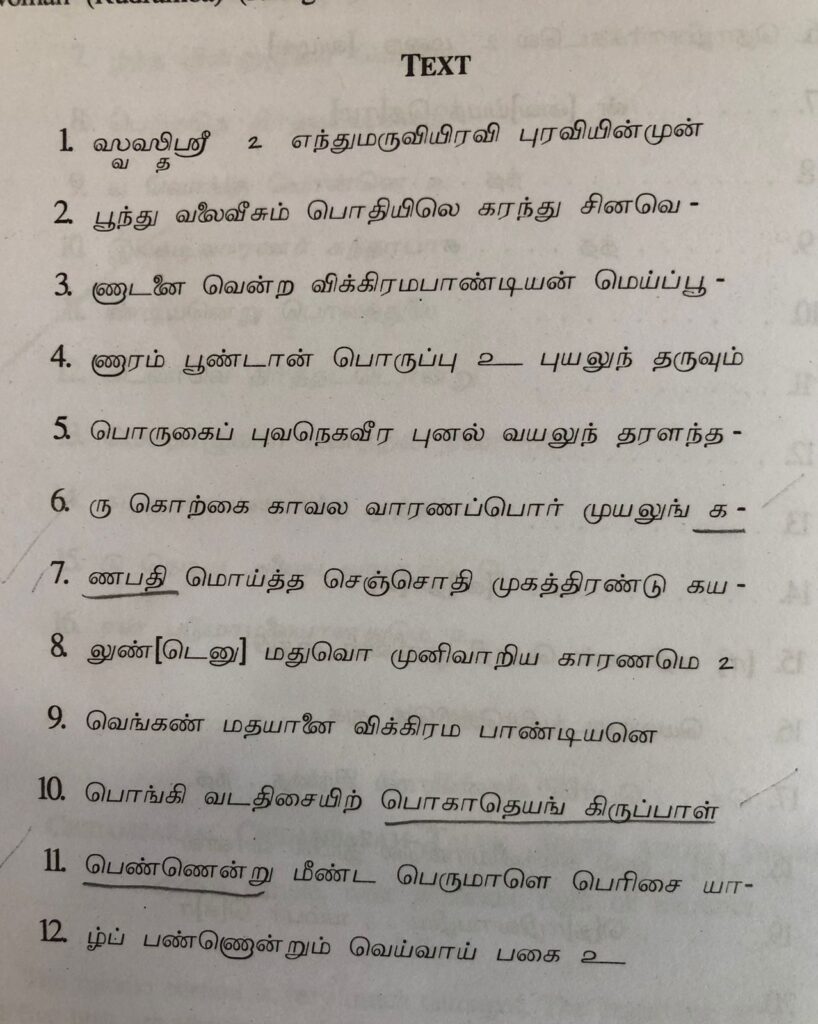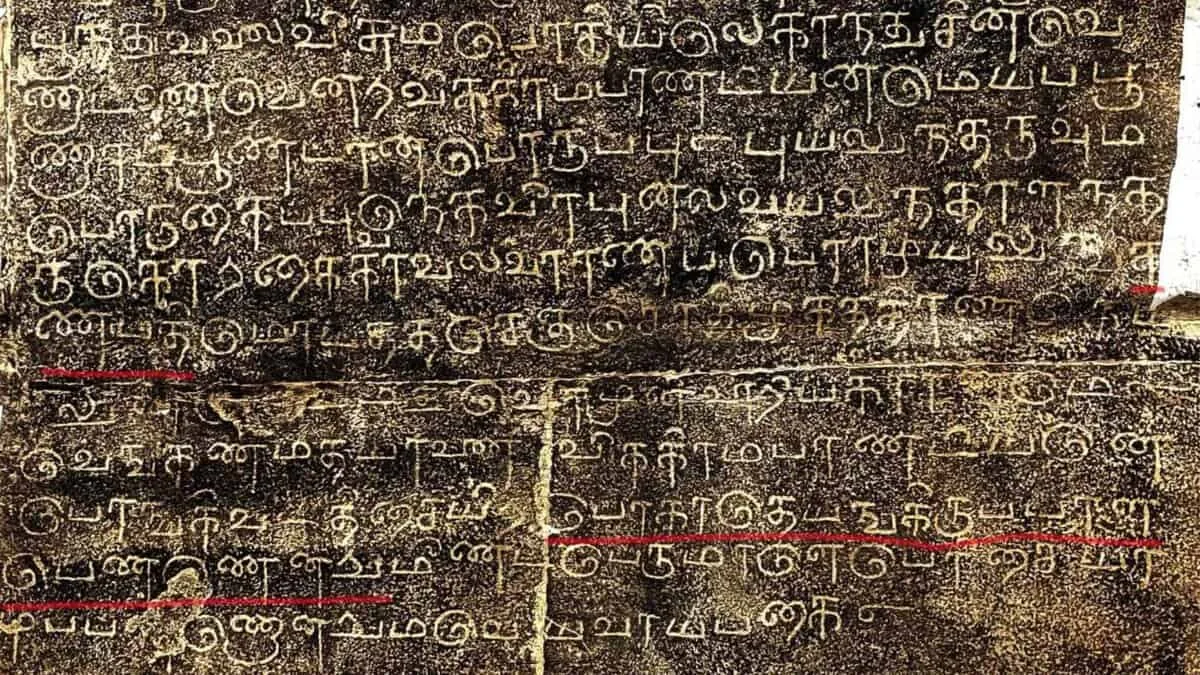Hyderabad: A thirteenth-century inscription found near the Nataraja temple in Chidambaram of Tamil Nadu has a reference to Rani Rudramadevi, the valiant female ruler of the Kakatiya dynasty.
The inscription was found engraved in the Tamil language and characters on the west gopuram, on the left side entrance to the Nataraja temple.
The epigraphy branch of the Archaeological Survey of India (ASI) had edited and published the text.
The inscription, composed in verse form, praises the victory of the king Vikrama Pāṇḍya over Vēṇāḍan (Travancore) at Podiyil, and mentions his epithets as bhuvanēkavīra and Koṛkai-kāvalaṇ.
It is interesting to note that the inscription in the 2nd and 3rd verses mentions that the king Vikrama Pandya, during his conquests, didn’t go further north, as that region was being ruled by a woman, Rudramadevi, who was the daughter of the Kakatiya king Ganapatideva.
The inscription read as “Gaṇapati moytta cheñjōtī mukattīraṇḍu kayaluṇḍeṇu matuvo muṇivāṛiya kāraṇame veṅgaṇ madayāṇai Vikkirama Pāṇḍiyaṇe poṅgi vaḍadichaiyiṛ pōgādeyaṅ kiruppāḷ peṇṇeṇṛu mīṇḍa perumāḷe perichai yāḷppaṇṇoṇṛuṁ veyvāy pagai.”

According to K Munirathnam Reddy, Director (Epigraphy), ASI, the inscription is significant as it refers to contemporary regional political history in the neighbouring territories, i.e., in the present-day Tamil Nadu and Telangana regions.
Rudramadevi was a queen of the Kakatiya dynasty in the Deccan plateau from 1263 to 1289 until her death.
Rudramadevi had no sons, only two daughters, Mummadamma and Ruyyamma. Following her father’s advice, she adopted Mummadamma’s son, Prataparudra II, as her own and named him heir to the throne. After her death, Prataparudra II became the ruler of Warangal.







